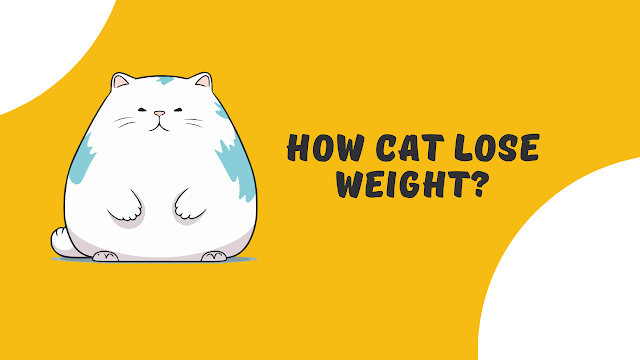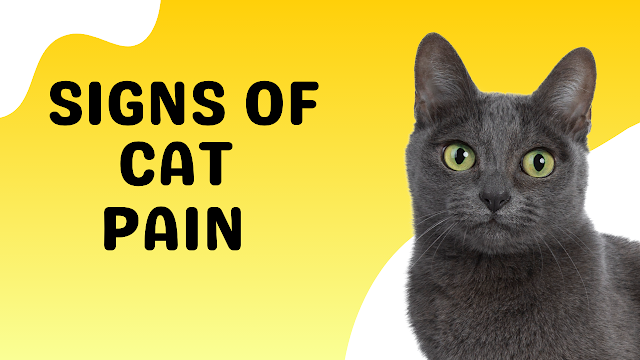10 Human Foods That Are Harmful to Dogs

As pet owners, we often share our food with our beloved canine companions, but not all human foods are safe for dogs to consume. Some common foods that we enjoy can be harmful or even toxic to dogs, leading to serious health issues. To keep your furry friend healthy and happy, it's crucial to be aware of which foods to avoid feeding them. Here are 10 human foods that are bad for dogs: 1. Chocolate: Chocolate contains theobromine and caffeine, which are toxic to dogs and can lead to symptoms such as vomiting, diarrhea, rapid breathing, increased heart rate, and even seizures or death. 2. Grapes and Raisins: Grapes and raisins can cause kidney failure in dogs, even in small amounts. Symptoms may include vomiting, diarrhea, lethargy, and decreased appetite. 3. Onions and Garlic: Onions and garlic, whether raw, cooked, or powdered, contain compounds that can damage a dog's red blood cells, leading to anemia. Symptoms may include weakness, lethargy, pale gums, and rapid breathing. 4





